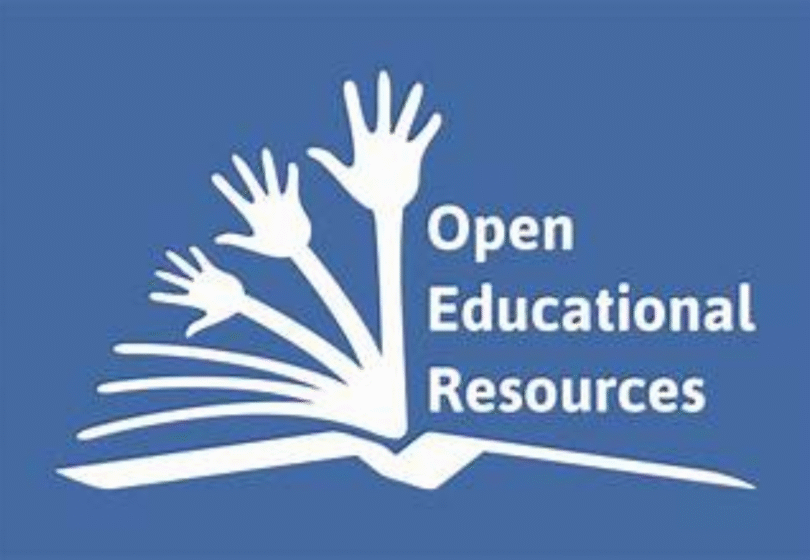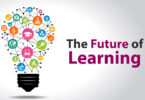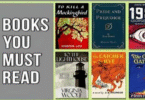Imagine if education was free and accessible to everyone in the world, no matter their background or location. Sounds like a dream, right? Well, with Open Educational Resources (OER), this dream is slowly becoming a reality. Whether you’re a student tired of expensive textbooks or a teacher looking for flexible teaching materials, OER is something you need to know about.
Let’s dive deep into what OER actually is, its benefits, challenges, and how it’s shaping the future of learning.
What Are Open Educational Resources (OER)?
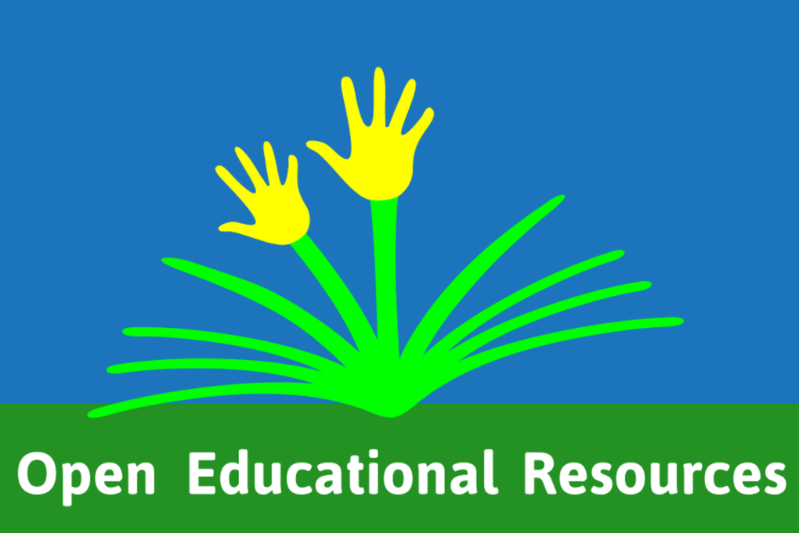
Open Educational Resources (OER) are freely available educational materials that anyone can use, share, modify, and redistribute. Unlike traditional textbooks or paid courses, OER comes with open licenses, which allow users to adapt and reuse content legally and freely.
OER can include:
- Digital textbooks
- Lecture notes and presentations
- Online courses and modules
- Educational videos and podcasts
- Quizzes, tests, and simulations
- Research articles and journals
The core principle of OER is that knowledge should be a shared resource, not a paid privilege. These resources are often created by educators, institutions, or non-profits who believe in the open education movement.
Key Features of Open Educational Resources (OER)
- Free of Cost: No payment is needed to access or use OER materials.
- Open Licenses: Most OER are under Creative Commons licenses, which outline how materials can be used and modified.
- Digital Availability: OER is often found online, making it accessible from anywhere.
- Customizable: Educators can adapt the content to suit their teaching needs.
- Collaborative Creation: OER encourages educators and learners to collaborate and improve content.
Benefits of Open Educational Resources (OER)
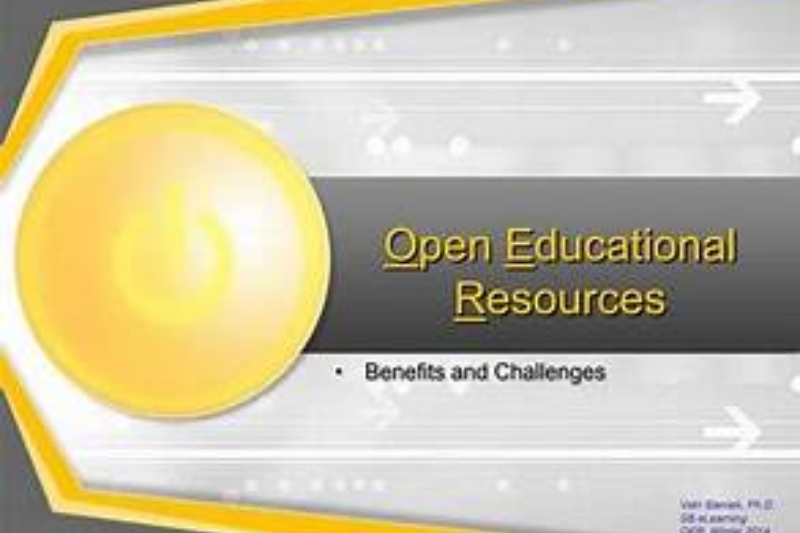
Let’s take a closer look at the advantages of using OER for students, teachers, and educational institutions.
1. Significant Cost Savings
Students often spend hundreds or even thousands of dollars on textbooks and materials. OER eliminates these costs by providing high-quality learning materials for free.
2. Accessible to Everyone
One of the most powerful aspects of OER is its ability to reach learners in remote areas or those from underprivileged backgrounds. All you need is an internet connection, and you have a world of knowledge at your fingertips.
3. Customizable Learning Content
Teachers are not bound to a fixed syllabus. They can modify OER content to align with their teaching style, students’ needs, or even cultural contexts.
4. Encourages Collaborative Learning
OER fosters a culture where educators, students, and institutions collaborate and share resources globally, promoting a more connected learning community.
5. Up-to-Date Information
Traditional textbooks can become outdated quickly. OER materials can be continuously updated and revised, ensuring students have access to the most current information.
6. Promotes Lifelong Learning
Since OER is open and free, it’s perfect for self-learners who want to continue their education beyond formal schooling.
7. Supports Inclusive Education
Students with disabilities can benefit from OER materials that are designed to be accessible, such as screen-reader friendly documents and captioned videos.
You may also like to read these posts:
AI in Education: Revolutionizing the Way We Learn (Complete Guide
The Future of Tech in Schools: A Complete Guide to What’s Next
Must-Read Educational Books: Your Ultimate Guide to Learning & Growth
Free Learning Resources Online: The Ultimate Guide to Learning Without Spending Money
Drawbacks and Challenges of Open Educational Resources (OER)
While OER is a powerful educational tool, it does come with its share of challenges:
1. Quality Control Issues
Because OER can be created by anyone, not all resources are peer-reviewed or quality-assured. This makes it essential for educators to vet materials before using them in classrooms.
2. Limited Availability in Certain Subjects
Some niche or advanced subjects may have fewer OER resources available compared to more popular topics.
3. Technological Barriers
OER is mainly available online. Students without reliable internet access or digital devices may struggle to benefit from these resources.
4. Licensing Confusion
There are different types of open licenses (e.g., CC BY, CC BY-SA), and users may find it confusing to understand what they are allowed to do with a particular resource.
5. Lack of Awareness
Despite the growing popularity of OER, many educators and institutions are still unaware of the vast repositories of free resources available to them.
6. Sustainability Issues
Creating and maintaining high-quality OER takes time and effort. Without proper funding or institutional support, some OER projects struggle to stay active and updated.
Popular Platforms Offering Open Educational Resources (OER)
If you’re ready to explore OER, here are some top websites to get started:
| Platform | What It Offers |
| OER Commons | A vast digital library of OER content from multiple disciplines. |
| OpenStax | Free peer-reviewed textbooks from Rice University. |
| MIT OpenCourseWare | Access to free courses and lecture materials from MIT. |
| Khan Academy | Free instructional videos and practice exercises, especially for school-level learners. |
| Coursera (Free Audits) | University-level courses with free-to-access options for learners. |
| edX (Audit Mode) | Online courses from top universities with free audit access. |
The Future of Open Educational Resources (OER)
The future of OER looks incredibly promising. As technology advances and educational institutions recognize the value of open resources, we can expect:
- Increased adoption by schools and universities
- Government support and funding for OER initiatives
- Development of high-quality, multimedia-rich OER
- Better accessibility for people with disabilities
- Collaborative global projects for creating universal educational content
OER is not just a trend; it’s a movement towards democratizing education. As awareness grows, we may see a world where educational content is free, accessible, and adaptable for everyone.
Final Thoughts
To wrap it up, Open Educational Resources (OER) are transforming education by making it affordable, flexible, and inclusive. Yes, there are challenges like quality assurance and accessibility barriers, but the benefits far outweigh the drawbacks.
If you’re a student, start exploring OER platforms to save money and enhance your learning. If you’re an educator, consider adopting OER in your classroom to offer a richer, more adaptable learning experience.
The world of education is evolving, and OER is at the heart of this transformation.
FAQs
Q1: What exactly are Open Educational Resources (OER)?
A: Open Educational Resources (OER) are free learning materials that are openly licensed, allowing anyone to use, share, modify, and redistribute them legally. These materials can include textbooks, videos, courses, lesson plans, quizzes, and more.
Q2: Are OER materials completely free to use?
A: Yes, OER materials are free to access and use. However, the specific rights to modify or redistribute them depend on the type of open license applied (e.g., Creative Commons licenses).
Q3: Can I modify and adapt OER content for my own teaching?
A: Absolutely! Most OER licenses allow you to modify, adapt, and customize the content to fit your teaching needs. Just ensure you follow the terms of the specific license (like giving appropriate credit).
Q4: How do I know if an OER is reliable and high-quality?
A: Look for OER materials from trusted platforms like OpenStax, MIT OpenCourseWare, and OER Commons. Always review the material yourself to ensure its accuracy, relevance, and appropriateness for your needs.
Q5: Are OER materials only available online?
A: While most OER are digital and accessible online, you can often download and print them for offline use. Some OER are also distributed in physical formats, especially textbooks.

